A few weeks back, I wrote a post about how to get better shots during your trips (part 1 and part 2). In that post, I explained about some of the basic rules for general photography and others more specific about travel shooting. In this post, even though it is a bit technical, I am telling you about what lenses are the best to travel with and why. I hope you enjoy it!
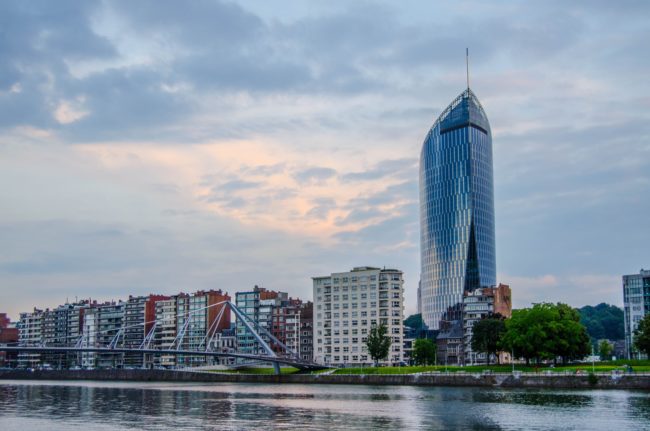
First, some basic concepts: the focal distance
Before saying which lens is better than which one, I must add a small introduction to the concept of focal distance. Technically, this is a measure of the distance between the lens and the sensor of the image when the subject is focused. More colloquially, the focal distance can tell you how close you are of something by looking through the viewfinder. For example, if you are in a harbor and you shoot at 200mm, you can capture one small detail of a specific ship. If you decide then to change the settings and shoot at 10mm, you could capture the whole ship, part of the harbor and the neighboring people and stuff around. The closer we get to something, the narrower is the view we have.

Lenses can be categorized according to the focal distance like ultra wide angle and fish-eye (both of them below 20mm), wide angle (from 20 to 30mm), standard lenses (35 to 70mm), short tele-objectives (from 80 to 135mm) and tele-objectives (from 150 to 300mm). There are more lenses and lenses above 300mm, but if you are reading this is unlikely you’ll need them (they are for pros).
Anyway, let’s see which ones are the best lenses to carry on you backpack (or similar)
The must: a versatile lens
When you are traveling and you want to take a picture, most likely you won’t want to waste three hours adjusting the settings or changing lenses. In these situations, you just tneed a fast and (preferably) automatic lens. Ideally with a nice range of focal distances to use on different type of photography. A good example of this one is the one from the “kit” of Nikon (or Canon, Olympus….).
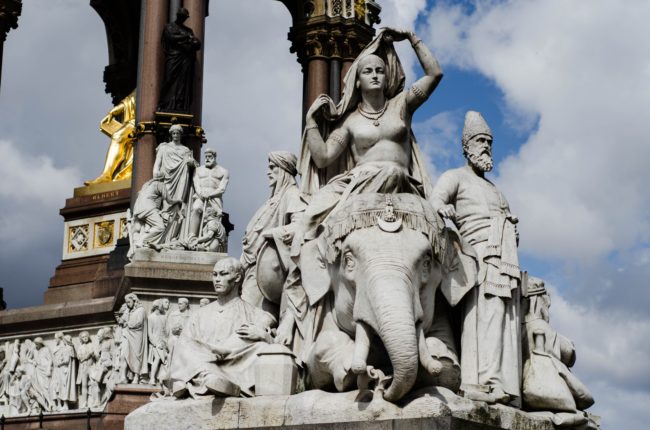
This lens is usually sold with a new Nikon body. This lens is a 18-55mm f/3.5-5.6 that normally has vibration control and internal engine. The 18-55mm indicates that the lens can take pictures from focal distances ranging from 18 to 55mm. The VR may seem useless but it can help unsteady hands. Also, the internal engine ensures that you will be able to shoot fast, even if your DSLR cannot focus by itself.
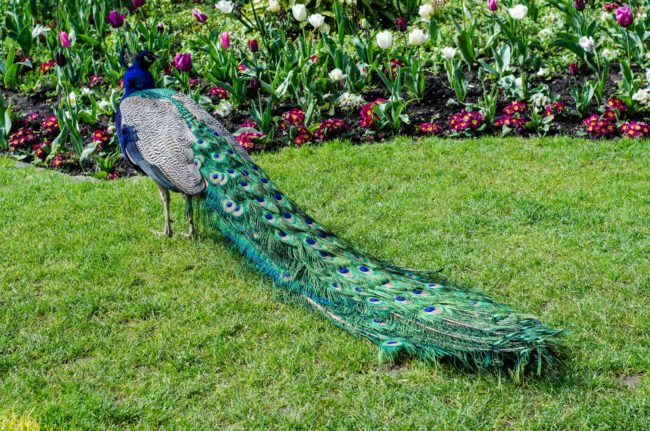
In theory, with this lens we can take pictures of landscapes with a relatively wide view (18mm) and of details (55mm). And I say in theory because even though you can take pictures at 18 and 55, if you want a shot with nice quality, it’s is not recommendable to take the lens to the extremes. Taking a picture like that can cause distortions both in shapes and colors.
In any case, this type of lenses is one of the most useful and versatile.
The master of landscapes: the wide angle
Just picture yourself in this amazing beach (yeah, I am biased and a mountain would work just the same). One of those beaches with silky white sand and almost fallen palm trees. The ocean painted with the perfect turquoise. And you want to take a picture of the perfect combination with everything: a bit of land, some trees and a few rocking waves. To take a picture with so many components, you need a wide-angle lens. This type of lens can be used to get objects extremely separated on space to merge together for the perfect photography. You can cover a lot of ground with them.
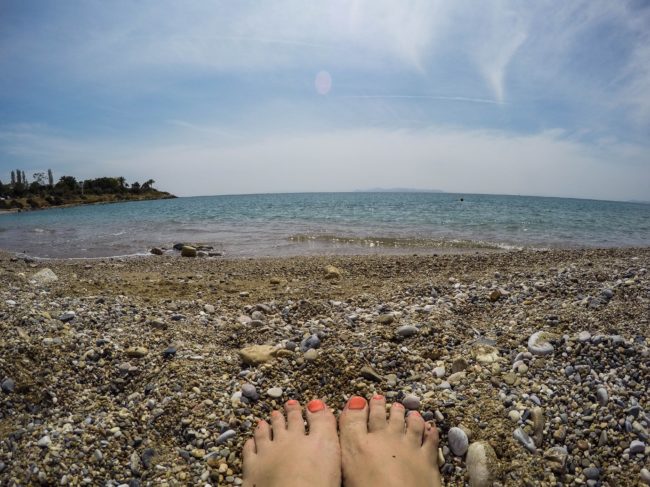
To capture nature, this lens is just perfection. The elements are a bit messy and there are no clear patterns. So weird lens effects won’t be as noticeable. The problem starts when we use this lens on a city, or with buildings… It’s not a problem per se, but it introduces some weirdness to the pic. The wide-angle lenses tend to curve the borders of the photographs inwards. For this reason, when we shoot at buildings, they look more like a Dali’s piece of art than a normal building. Some times the effect gives a funny result, but this lens is much better for landscapes and exteriors.
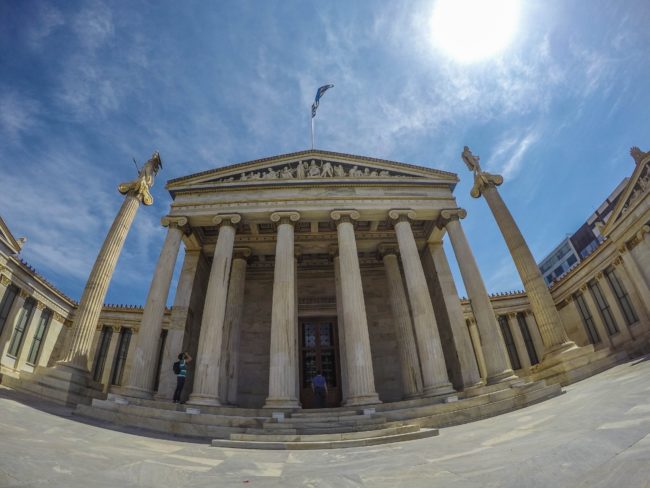
The lenses I’ve already spoken about are important for travel photography. The following are mostly useful for specific moments and pictures but not as widely used as the previous.
The best at long distances, the teleobjective
The teleobjective is the perfect lens for unnoticed portraits. If you are the type of traveler that enjoys taking pictures of people while they interact with themselves, this is your lens. It’s perfect for portraits from far away and to take pictures of small details (usually too small or away for the normal eye). It is also a good choice to photograph animals in their environment without disturbing them: you can get real close while being relatively away.

For the details: the king of bokeh
If you are anyway like me and enjoy artistic photography, you must get a lens like mine: the nikkor 50mm f/1.8. This type of lens can be used to get a magnific bokeh (you can find out why here) and can be used to take pictures with an incredible sharpness. It is perfect to get that small detail from the temple you visited in Japan or the eyes of that funny girl from the Karen town were you spent the niht. Since it’s a fixed lens their use is not as wide as more variable lenses, but it’s so light that you can bring it everywhere without even noticing.
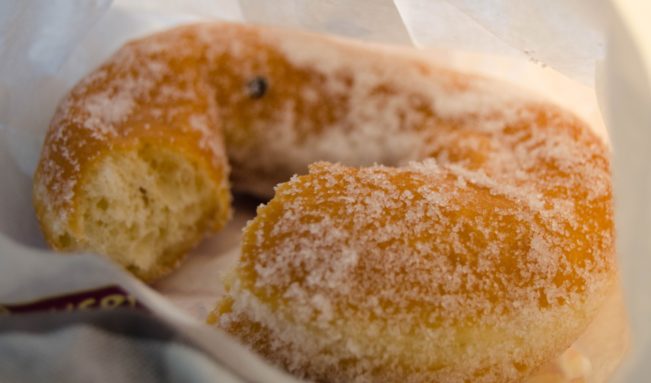
The one to avoid: the all-in
In the last couple of years, all-in lenses have started to become more and more popular. This type of lenses promise focal distances ranging from 15 to 200mm. Lenses with focals ranging this wide won’t be able to get nice shots neither at the wide-angle range nor at the teleobjective. With a lens like this, if you have good hands and know how to get the best of it, you will get decent shots on the range of a standard objective… and not much more. Optical and chromatic distortions (shapes and colors) are common in most of the focal range and after a while you will feel that you’ve wasted your money. It’s better to have a couple of specialized lenses than getting an objective like this.
What you should know before choosing your lenses
Not all cameras are the same. And the sensor of each camera will affect the behaviour of the lens you choose. The more proffessional cameras, usually larger and way more expensive, have usually full-frame sensor. This means that their sensor is not cut (similar to the old 35mm cameras) and so, they are able to use the whole image that arrives from the lense.
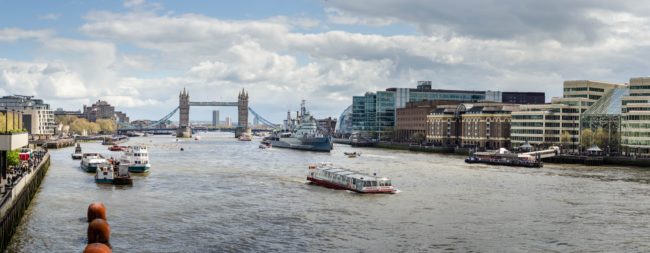
On the other side, more affordable cameras, for newbies or simply for people who don’t want to spend thousands of euros on a machine, often have a trimmed sensor. This is done to get cheaper cameras that are also lighter. The inconvenience is that this type of sensors have the consequence of allowing a more narrow angle of view. Do you remember when a few paragraphs up I was saying that angle and focal distance were related? Well, that also applies here. In order to know how much the sensor affects the lens, we must talk of the multiplying factor. This value explains the correlation between the difference of the angle we see using a full-frame camera vs a trimmed sensor. For example, I have a Nikon D5100, and it’s multiplying factor is 1.5. If I want to use a lens of 50mm and I want to know about the real focal range that I am using, I must multiply 50 (mm) and 1.5 (my camera’s factor). The result: even though I own a 50mm lens, I am shooting at 75mm.
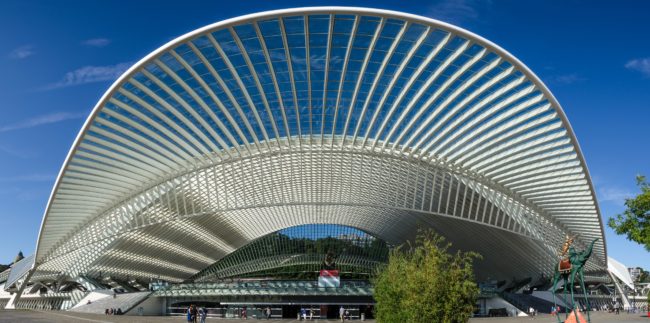
Prices to expect for each of the lenses
A versatile lens: Relatively cheap, since they come with the body of the camera. If you want to get a better one that the one that came with the kit, a nice option is the Tamron or the Sigma 17-50mm. Both lenses can be bought for Nikon or Canon and even though they have similar focal distances they are brighter (they work better on low light) than the kit lens. They are around 200-300€.
Wide angle: These are a bit more painful to pay. It can be complicated to get a new wide angle lens affordable. They are rarely cheaper than 400-500€. It is possible to get them in second hand shops for about 300€. In any case, they are an inversion.
Teleobjectives: They can be more or less economic that the wide angle lenses. The price for these lenses can go from 200€ (second hand and without focus engine) to several thousands depending on the focal range we want. For a while I had a lens that was able to reach to 300mm, it was amazing and the pictures had an amazing detail…. but the lens was incredibly heavy. A single lens can weight more than half a kilo. If you add to that the camera’s weight, many times it is just not worth carry all the extra weight.
The one for details: a 50mm f/1.8 without an engine can cost ~100€ second hand and about twice when new. To avoid manual focus, you need one with engine, the price has to double again. Then, to take it up a notch, and if you want something even greater, there’s a second version of this lens with a diaphragm of f/1.4. I personally don’t think that the difference between them is worth the extra 200€.

Opinions?
Do you think I’m missing any indispensable lens? What’s your favorite? Tell me all about in the comment section!
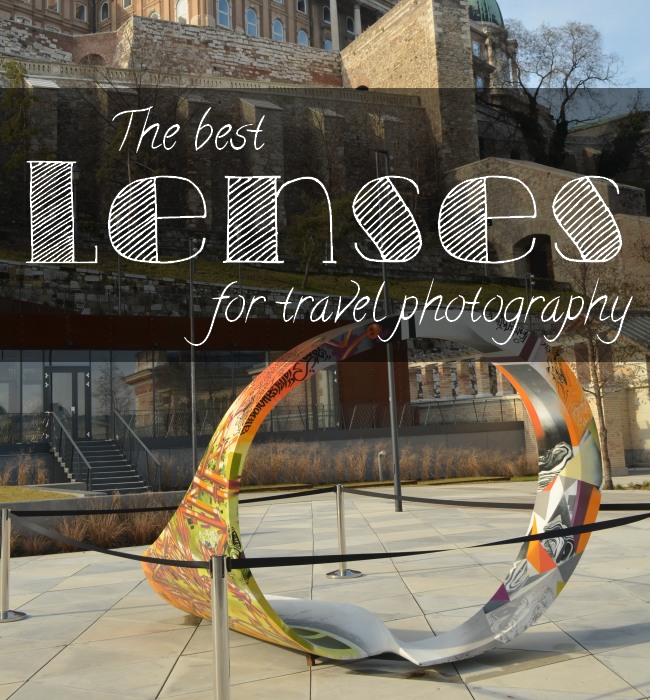

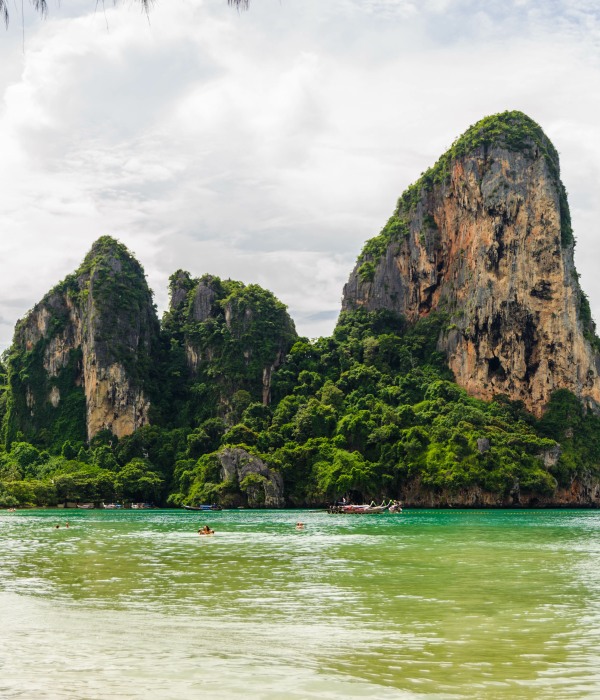
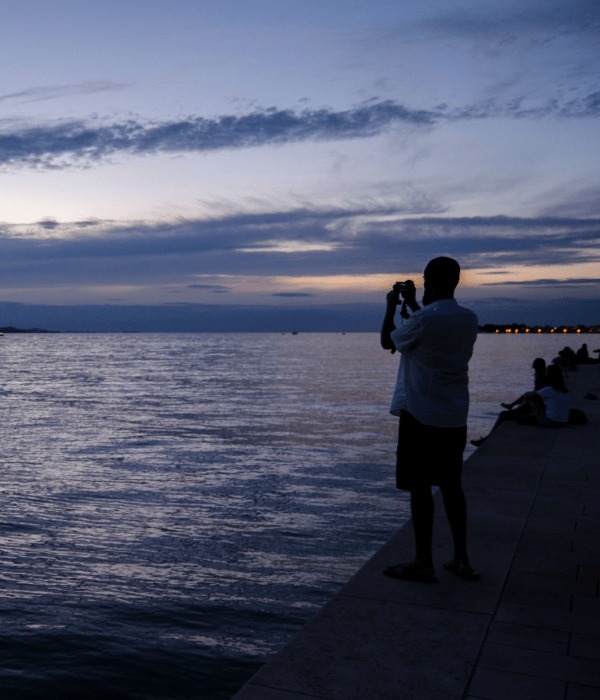
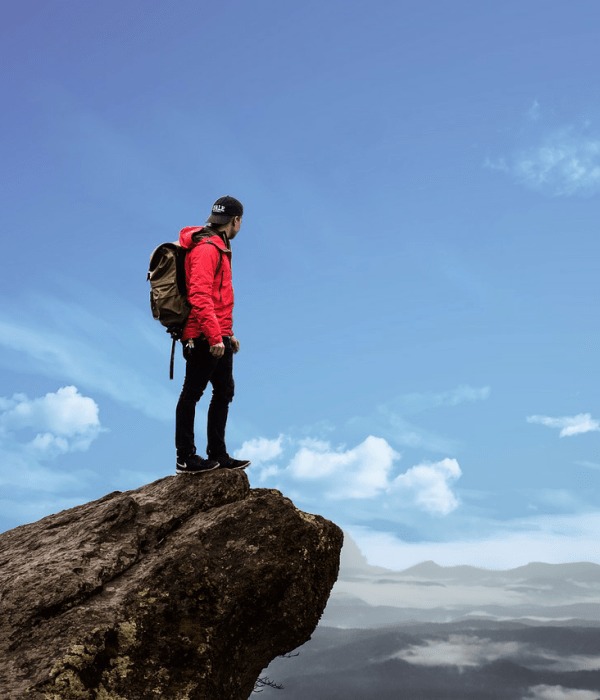
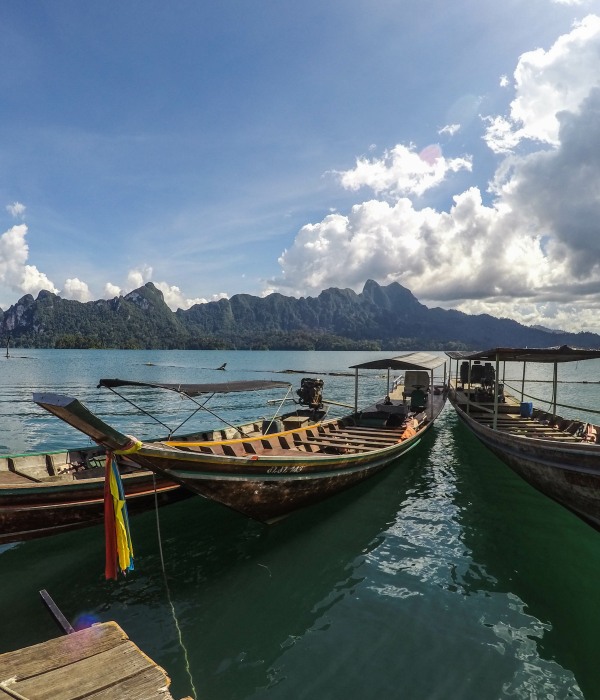





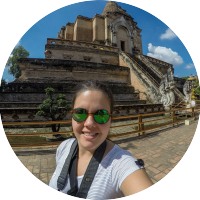
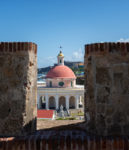
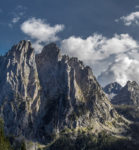
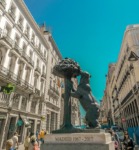
Your travel photography is gorgeous so I am taking this lense advice to heart! I need to learn more shooting in manual
It just takes a little bit of practice but in no time you will realize how worth it is!
Thanks for sharing this! I will keep all of this in mind for future lens purchases 🙂
Elena | http://www.inspiredtoexplore.com
We are in the process of selecting a lens right now, and your post comes at the perfect time. Am saving this for our research. Should help a lot.
I’ve traveled for a long time with a 28-300mm Nikon lens. It’s somewhat of an all-in-one, but it’s fairly sharp and eliminates having to pack and carry lots of lenses. Recently I got a wider angle, 16-35mm, and now I’m made at myself for not buying this before. I think anyone who travels needs a decent wide-angle.
Great guide! I used to carry around a DSLR (a Nikon) with 2 lenses – the normal one that comes with the kit, and a zoom lens. Sometimes I would borrow a teleobjective from my brother, and especially during parades and festivals, this would produce my best pictures.
I travel now with a compact camera, but really considering investing in a DSLR once again as it unquestionably produces better-quality photos. 🙂
So helpful! I never leave my 50mm and wide angle behind. I rarely use the kit lens. I’ll be sharing this for any of my friends looking for what to get!
I had a Nikon D3000 (my first DSLR) but I am not too particular with its lenses. Now I’m only using it indoors coznits quite heavy (lol) thus using my Huawei P9 phone instead for travel photos. But I love them both 🙂
I find photography sooo technical! hahaha
Great tips and even better explanations. I have a DSLR and use it with the one and only lens I bought it with 😀 I hope to focus more on photography and get a few new lenses, so this really helps a lot!
This is a very comprehensive post about travel lenses! I bought a Canon Rebel T5 kit that came with 2 lenses, and I’ve always wanted a wide-angle….but the money….
What an informative post. I think many people don’t consider the best sorts of lenses to utilise for particular shots or particular subjects so this is a super handy guide. Thanks for taking the time to write this! I use a fujifilm x100 but it does not quite allow me to swap lenses. My boyfriend on the other hand has a nice Canon 5d Mark III which he doesn’t use enough for travel – time to fully get that utilised!
Thank you for informative post! I really love photography, I love to try things with different lenses. Great advice!
This is really helpful info. I keep experimenting with different lenses yet never could get satisfied experience. One need to understand the subject matter too and then it becomes easy to choose the right lens.
This is a very helpful article! I dont really experiment much with lenses and always have issues with moving scenes and focus. This article is kind of a help to me!
Confession: I’m totally overwhelmed by this stuff. I was thinking of getting a new camera during the holidays but when I started googling stuff like the cameras, their lenses, and accessories, there was just too much!! Thanks for breaking down the lenses like you did here! It was quite helpful 🙂
This post is very timely as I am researching some new buys for wide angle. Thanks for all these practical tips with the examples of your pictures. It makes it much easier for me to understand what I need. Cheers
We love photography and have a basic camera and have never experimented with any kind of lenses. This post is definitely gonna be handy when we are looking to upgrade our camera.
Thank you for you very valuable suggestions. When I bought my Nikon I choose a 18-105 in order not to switch lense every time. It fits good during my travels, but now I feel like I would need a 50 fixed, since I find it’s better to take pictures to food.
Thank you for sharing the great insights and valuable information on using various lens. I’m still a beginner in photography but have pinned your post for my reference!
This guide is absolutely perfect! All your opinions about what lens to use for travelling makes completely sense. I LOVE wide angle, but sometimes I wish I had a picture in a regular look. But I guess that’s why we also have our iphones 😉
These are such useful tips. i have been pondering to get myself a better camera next year. have been missing out on so many wonderful shots during my travels. these suggestions will come in handy as i am also looking to polish my photography skills.
Again, another great set of tips and I learned a new word for the day…bokeh!
These are good tips, I agree the all in lens should be avoided. You make me want to go to a camera shop right now and search for lenses. I have a 50mm for people shooting too and with the low f value it makes incredible pics.